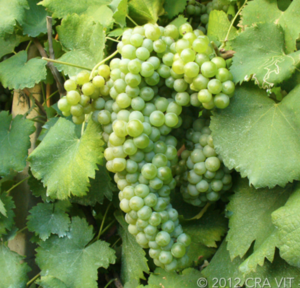 DELIVERY FROM £4.95
DELIVERY FROM £4.95 FREE DELIVERY FOR ORDERS OVER £100
FREE DELIVERY FOR ORDERS OVER £100Home » Community » Wine and Grape Guide » Lumassina

The Lumassina grape, also known locally as Mataòssu, is an ancient and little-known white variety native to the coastal hinterland of Savona, in Liguria, Italy. It thrives particularly well in the hilly areas near Noli and Finale Ligure, especially in the scenic Varigotti district, where it has been cultivated for generations.
The name Lumassina in the Ligurian dialect translates to “little snail,” and this connection is more than linguistic. According to tradition, the wine made from Lumassina is best enjoyed with a local delicacy: a plate of snails, known regionally as lumasse. This charming food-and-wine pairing highlights the close bond between the grape and Ligurian cultural heritage.
Historically, Lumassina was identified toward the end of the 19th century as a native Genoese variety. However, its cultivation has since become more prominent in the province of Savona, where it is prized for its adaptability and the unique character it imparts to local wines.
Viticulturally, Lumassina is a vigorous vine with abundant yields and a late ripening period. Its white berries are medium-small, spherical to ellipsoid in shape, with thin, greenish skin covered by a fine waxy bloom. The clusters are medium to large, pyramidal, and compact, often with two or three distinct wings. The vine's leaves are medium to large, wedge-shaped, and typically three-lobed or entire.
Wines made from Lumassina are known for their pale straw-yellow hue and fresh, vibrant character. On the nose, they offer delicate floral and fruity aromas, enriched by subtle notes of dried fruit and honey. On the palate, these wines are crisp, persistent, and lightly bitter on the finish, making them perfect companions to seafood, traditional Ligurian dishes, and of course, lumasse.



Before we say ciao, why not join our newsletter & stay up to date on everything happening on planet Italyabroad.com